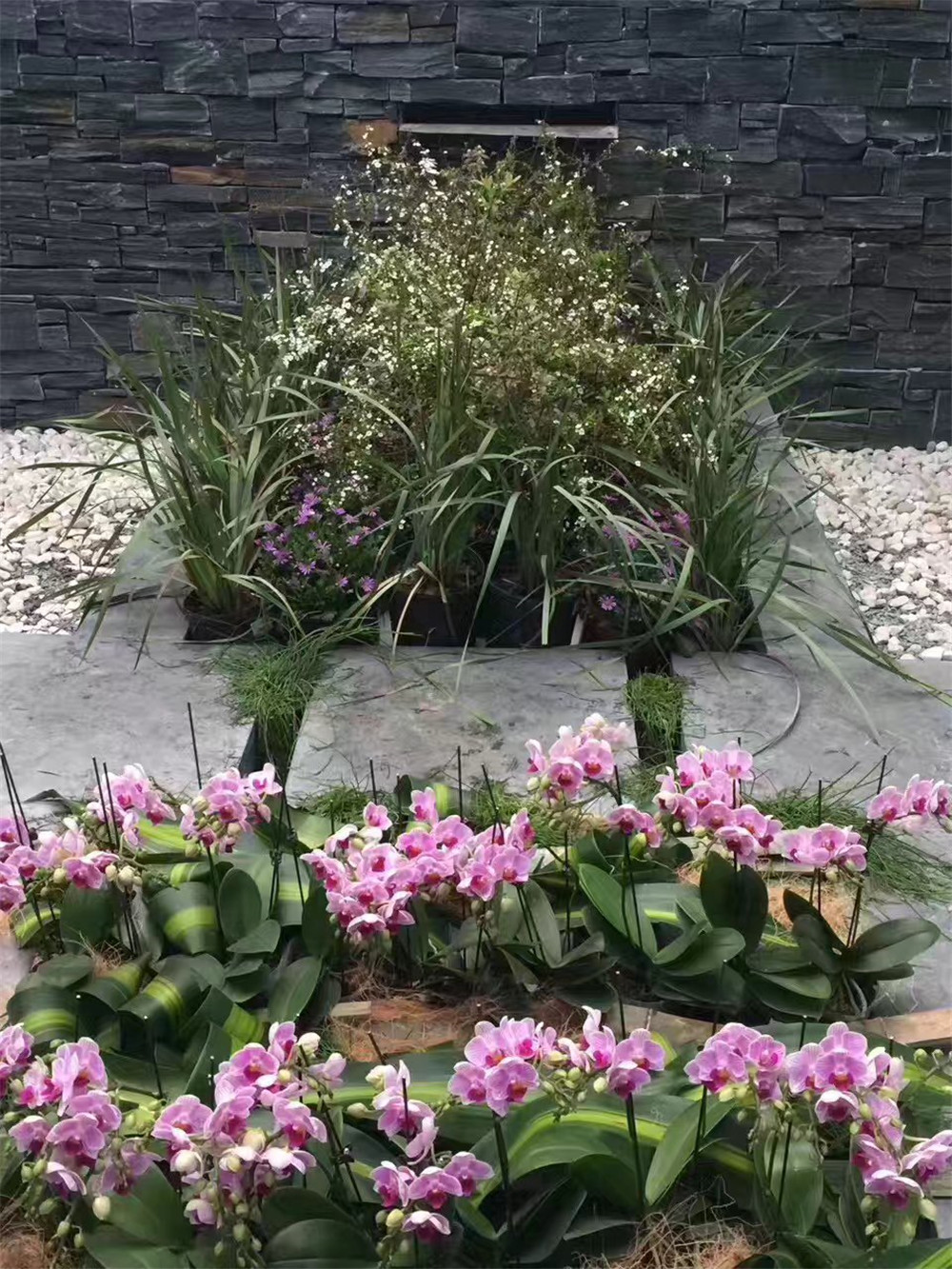Introduction:
Victorian cultured stone has long been revered for its timeless elegance, durability, and versatility in architectural design. Originating in the Victorian era, this type of stone has continued to captivate homeowners, architects, and designers with its ability to evoke a sense of grandeur and sophistication. In this comprehensive guide, we will delve into the history, characteristics, uses, and maintenance of Victorian cultured stone, exploring the enduring appeal of this classic building material.
History of Victorian Cultured Stone:
The Victorian era, spanning from 1837 to 1901, was a period of great innovation and advancement in architecture and design. During this time, there was a resurgence of interest in classical architectural styles, leading to the use of natural stone as a prominent building material. However, the high cost and labor-intensive nature of quarrying and shaping natural stone led to the development of cultured stone as a more cost-effective alternative.
Cultured stone, also known as manufactured stone or faux stone, is a man-made product designed to replicate the look and feel of natural stone. In the Victorian era, skilled craftsmen began creating cultured stone using a combination of cement, aggregates, and iron oxides to mimic the appearance of traditional building materials. This innovation allowed for the mass production of stone-like products that could be easily installed and maintained, making them a popular choice for both interior and exterior applications.
Characteristics of Victorian Cultured Stone:
Victorian cultured stone exhibits a number of distinct characteristics that set it apart from natural stone and other building materials. One of the key features of cultured stone is its versatility in terms of color, texture, and shape. Manufacturers can create a wide range of finishes and patterns to suit different architectural styles and design preferences, making it a highly customizable option for builders and designers.
Another important characteristic of Victorian cultured stone is its durability and longevity. Unlike natural stone, which may be prone to cracking, chipping, or weathering over time, cultured stone is designed to withstand the elements and maintain its appearance for years to come. This makes it an ideal choice for exterior cladding, fireplace surrounds, accent walls, and other applications where durability is a priority.
Uses of Victorian Cultured Stone:
Victorian cultured stone can be used in a variety of architectural and design applications, both inside and outside the home. One of the most common uses of cultured stone is as an exterior cladding material, where it can be used to create the look of a traditional stone facade without the cost and maintenance requirements of natural stone. Cultured stone can also be used to create striking accent walls, fireplace surrounds, and architectural details that add character and charm to any space.

In interior design, Victorian cultured stone can be used to create a warm and inviting atmosphere in living rooms, kitchens, and other areas of the home. Its rich textures and earthy tones can complement a wide range of design styles, from traditional to contemporary, adding a touch of sophistication and elegance to any room. Cultured stone can also be used to create custom furniture pieces, such as mantels, countertops, and shelving, that showcase the beauty and versatility of this unique building material.
Maintenance of Victorian Cultured Stone:
While Victorian cultured stone is known for its durability and low maintenance requirements, proper care is essential to ensure its longevity and beauty over time. Regular cleaning and inspection can help prevent dirt, grime, and other contaminants from building up on the surface of the stone, preserving its appearance and preventing damage.
To clean Victorian cultured stone, a mild detergent and water solution can be used to gently scrub away dirt and stains. Harsh chemicals or abrasive cleaners should be avoided, as they can damage the finish of the stone and lead to discoloration or deterioration. mosaic tile is also important to inspect the stone regularly for any signs of wear or damage, such as cracks, chips, or water infiltration, and address any issues promptly to prevent further deterioration.
Conclusion:
Victorian cultured stone continues to be a popular choice for homeowners, architects, and designers seeking to capture the timeless beauty and elegance of the Victorian era. With its versatility, durability, and low maintenance requirements, cultured stone offers a cost-effective alternative to natural stone that can be used in a wide range of architectural and design applications. By understanding the history, characteristics, uses, and maintenance of Victorian cultured stone, builders and designers can harness the enduring appeal of this classic building material to create stunning and timeless spaces that stand the test of time.
